Order Passeriformes Scientific name Iduna aedon Rank Species | Phylum Chordata Superfamily Sylvioidea Genus Iduna Higher classification Iduna | |
 | ||
Similar Bird, Pale‑legged leaf warbler, Manchurian reed warbler, Pallas's grasshopper warbler, Lanceolated warbler | ||
Thick billed warbler acrocephalus aedon
The thick-billed warbler (Iduna aedon) is an Old World warbler that breeds in temperate east Asia. It is migratory, wintering in tropical south east Asia. It is a very rare vagrant to western Europe.
Contents
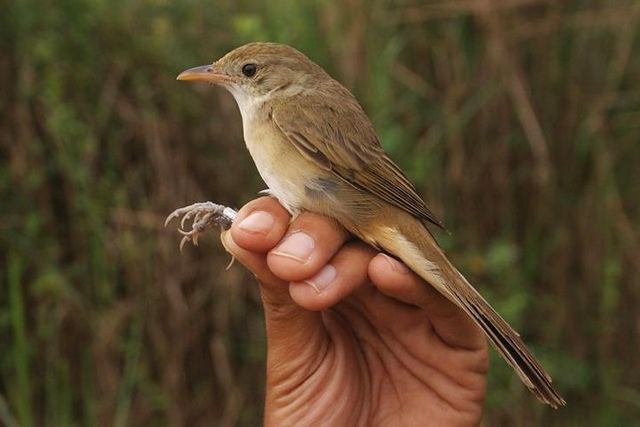
This passerine bird is a species found in dense vegetation such as reeds, bushes and thick undergrowth. 5-6 eggs are laid in a nest in a low tree.
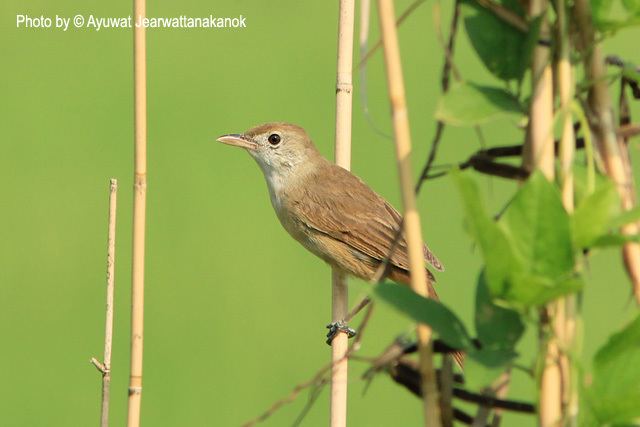
This is a large warbler, at 16–17.5 centimetres (6.3–6.9 in) long nearly as big as great reed warbler. The adult has an unstreaked brown back and buff underparts, with few obvious distinctive plumage features. The forehead is rounded, and the bill is short and pointed. The sexes are identical, as with most warblers, but young birds are richer buff below. Like most warblers, it is insectivorous, but will take other small prey items.
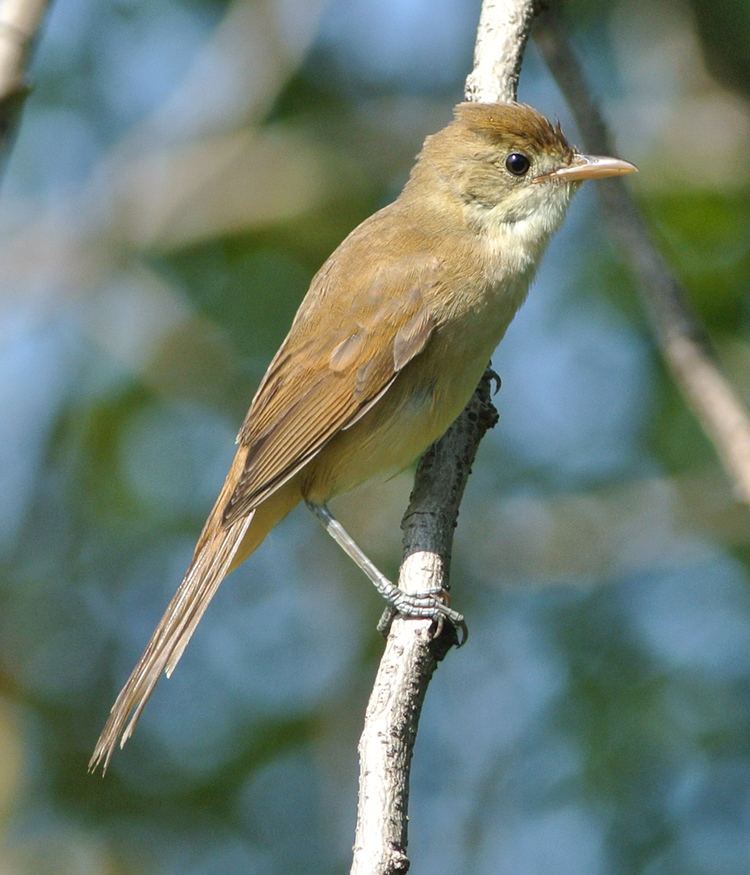
The song is fast and loud, and similar to marsh warbler, with much mimicry and typically acrocephaline whistles added.
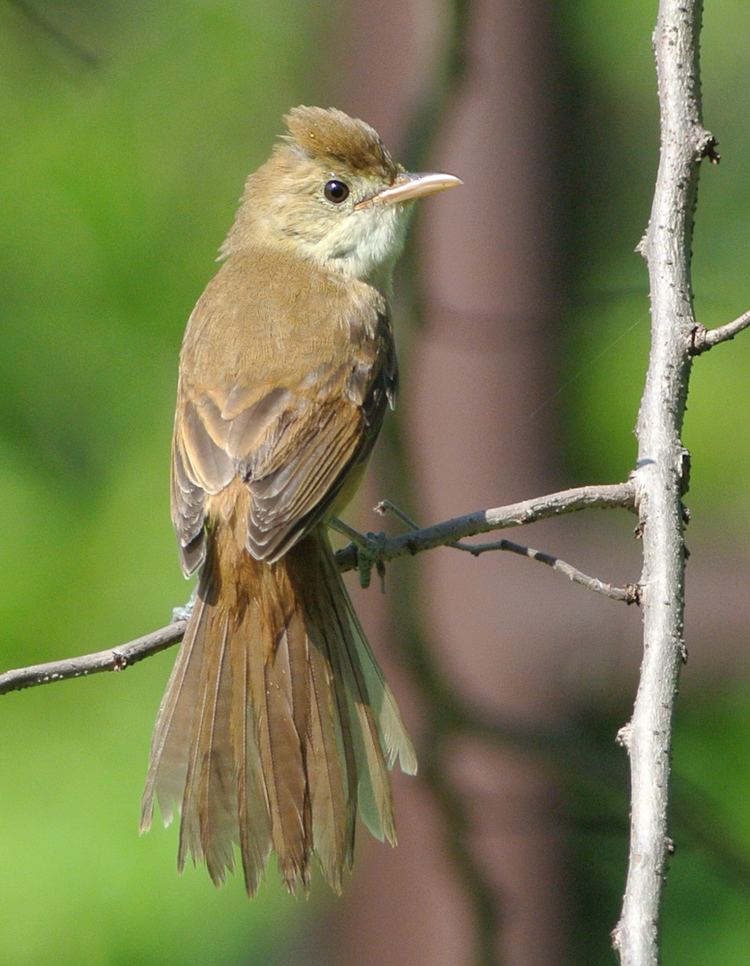
It was sometimes placed in the monotypic genus Phragmaticola (or Phragamaticola) and for a long time as Acrocephalus and in 2009 found to belong to the Iduna clade.
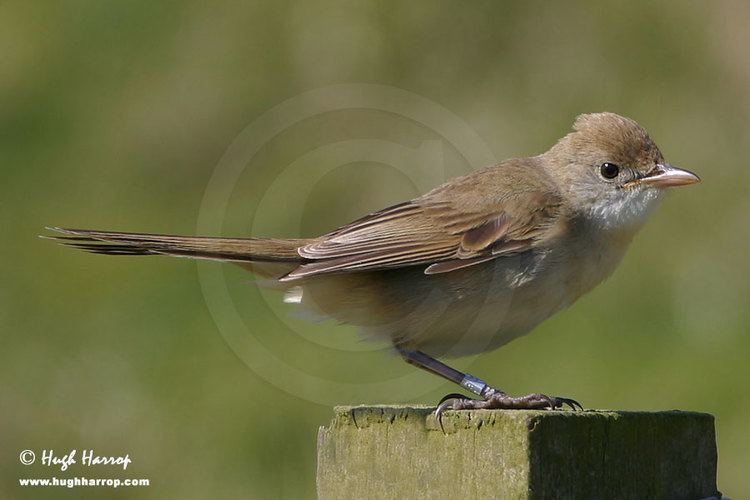
Keyserling and Blasius gave no explanation of the genus name Iduna. The specific aedon is from Latin aëdon or Ancient Greek aedon and means nightingale. In Greek mythology Aëdon was changed into a nightingale after killing her own son while attempting to murder one of the sons of her sister Niobe.

